Definition of White Balance
White Balance (WB) or color balance in digital photography means adjusting colors so that the image looks more natural. We go through the process of adjusting colors to primarily get rid of color casts, in order to match the picture, what we see when we look at it. This is a function of digital camera used to compensate different colors of light emitted by different sources.
![]()
Color Temperature
The term color temperature in digital photography refers to a characterization of the spectral properties of a light source. It is commonly used during the production phase in digital photography industries. Low color temperature is the warmer, more yellow to red light. While high color temperature is the colder, more blue light.
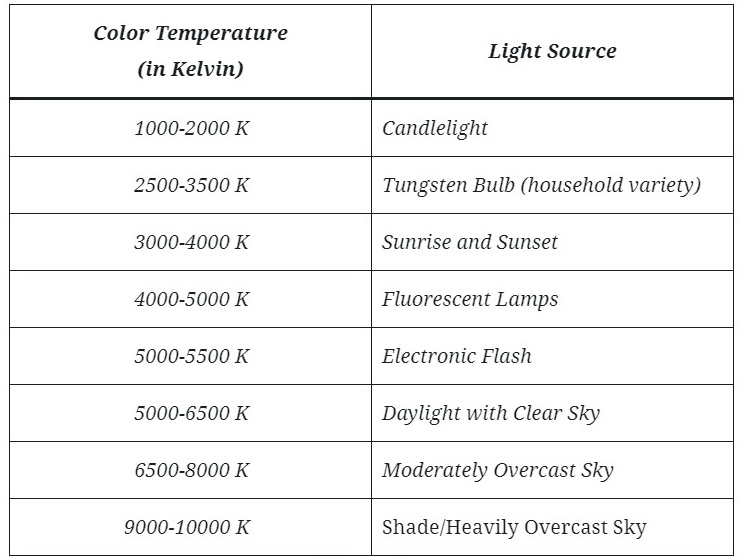
All light has a color which has a temperature. Different colors of light create different temperature hues in your image. Kelvin is the color temperature scale used for light. At the lower end of the scale, 2000-4000k shows warm light of reddish yellows. At around 5500k, the color is pretty much what we see at noon on a sunny day. As the scale climbs, the light gets progressively bluer. At about 10,000 K we reach the very blue light of a typical flash gun.
White Balance Presets
White balance presets in digital photography are predefined settings on your camera that adjust the color temperature to compensate for different lighting conditions. These presets help you capture accurate and natural-looking colors in your photographs without the need for manual adjustments. Here are some common presets and their typical use cases:

Choosing the right preset or manually setting the white balance is essential for ensuring accurate and natural-looking colors in your photographs. While many situations can be covered by these presets, understanding how they work and when to use them gives you greater control over your photography and allows you to achieve your desired results, even in challenging lighting conditions.
Auto White Balance
Auto White Balance (AWB) is a preset in digital photography that allows the camera to automatically adjust the color temperature of the image based on the lighting conditions present when taking a photograph. The goal of AWB is to produce images with accurate and natural-looking colors without the need for manual adjustments.

Auto White Balance (AWB) is a convenient and generally reliable option for achieving accurate and natural-looking colors in your photographs, especially in everyday shooting situations with changing or mixed lighting. However, photographers should be aware of its limitations and consider manual adjustments when more precise control over color temperature is needed or when dealing with challenging lighting conditions.
Daylight/Direct sunlight
The “Daylight” white balance mode in digital photography is a setting specifically designed to reproduce accurate colors when shooting in natural daylight conditions. It compensates for the color temperature of light under typical daylight, which is considered to have a neutral and balanced color temperature.

This preset is essential for achieving accurate and natural-looking colors in your photographs when shooting in outdoor, natural lighting conditions. It helps ensure that your subjects appear as they do to the naked eye and enhances the overall quality of your images captured under daylight.
Cloudy
The “Cloudy” white balance mode in digital photography is a setting specifically designed to compensate for the color temperature of light on overcast or cloudy days. Cloudy or overcast conditions can result in a cooler and bluish color cast in photos, and the “Cloudy” color balance setting is used to correct this and produce more accurate and natural-looking colors in your images.

Using the “Cloudy” white balance setting is essential for achieving accurate and natural-looking colors in your photographs when shooting in overcast or cloudy conditions. It ensures that your subjects appear as they do to the naked eye and enhances the overall quality of your images under such lighting conditions.
Shade
Shade white balance is a specific white balance setting in digital photography used to correct the color temperature of light in shaded or shadowed areas. When shooting in the shade, especially on a sunny day, the light can be cooler and bluish compared to the direct sunlight. Setting the white balance to “Shade” compensates for this cooler light and helps produce more accurate and natural-looking colors in your images.

Using the appropriate white balance setting, such as shade white balance when shooting in shaded or shadowed areas, is essential for achieving accurate and natural-looking colors in your photographs. It ensures that your subjects appear as they do to the naked eye and enhances the overall quality of your images.
Incandescent
Incandescent white balance is a specific white balance setting used in digital photography to correct for the color temperature of light produced by incandescent light sources, such as traditional tungsten filament bulbs. Incandescent lights emit warm, orange-yellow light, which can result in a strong warm color cast in photos if not properly corrected. The incandescent white balance setting is designed to neutralize this warm color and produce more accurate and natural-looking colors in your images when shooting under incandescent lighting.
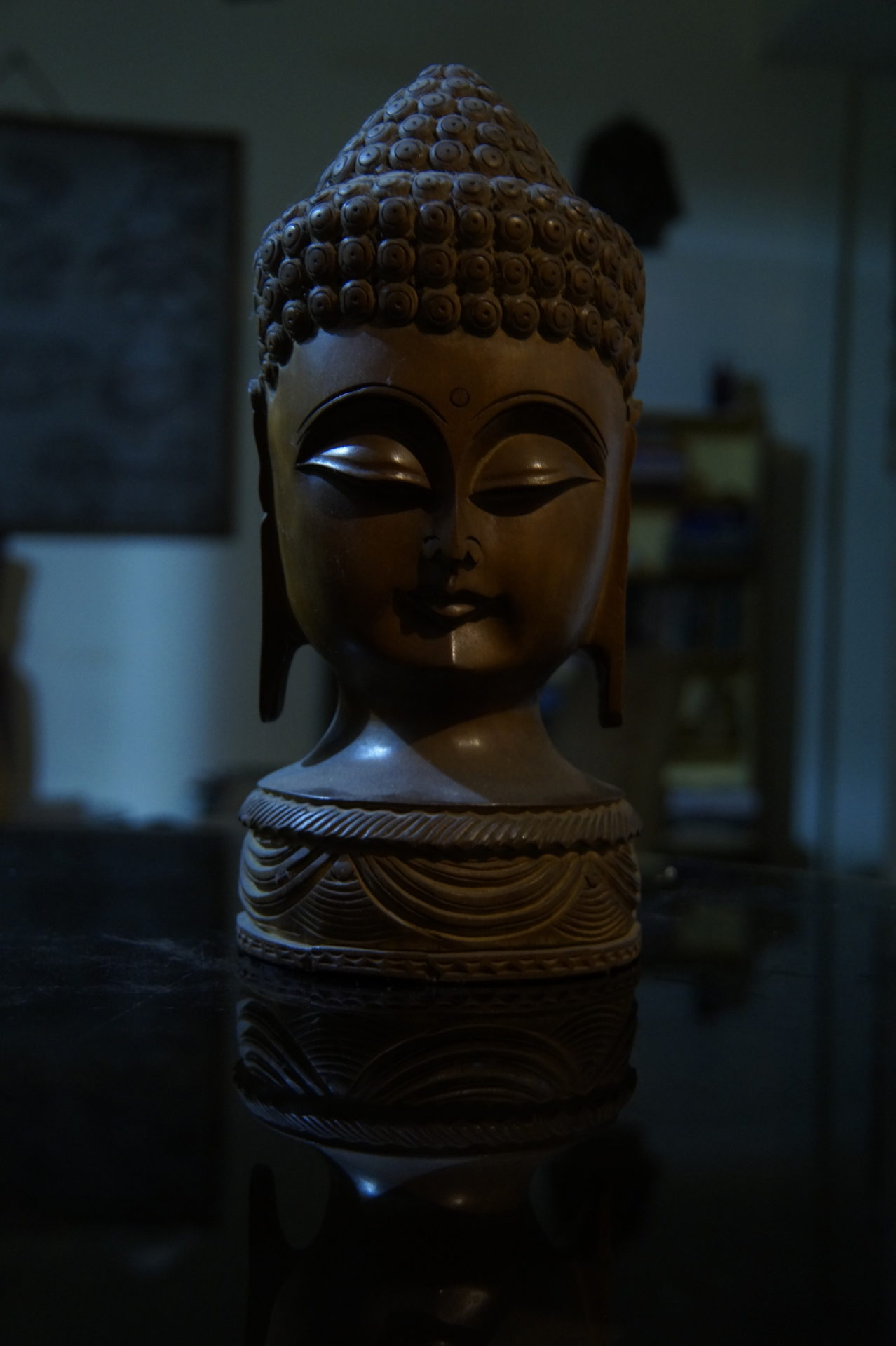
Using the incandescent mode when working with incandescent lighting, is crucial for achieving accurate and natural-looking colors in your photographs. It helps ensure that your subjects appear as they do to the naked eye and enhances the overall quality of your images.
Fluorescent
Fluorescent white balance is a specific white balance setting used in digital photography to correct for the color temperature of light produced by fluorescent light sources. Fluorescent lights emit light with a unique color temperature that can result in green or magenta color casts in photos if not properly corrected. The fluorescent mode is designed to counteract these color shifts and produce more accurate and natural-looking colors in your images when shooting under fluorescent lighting.
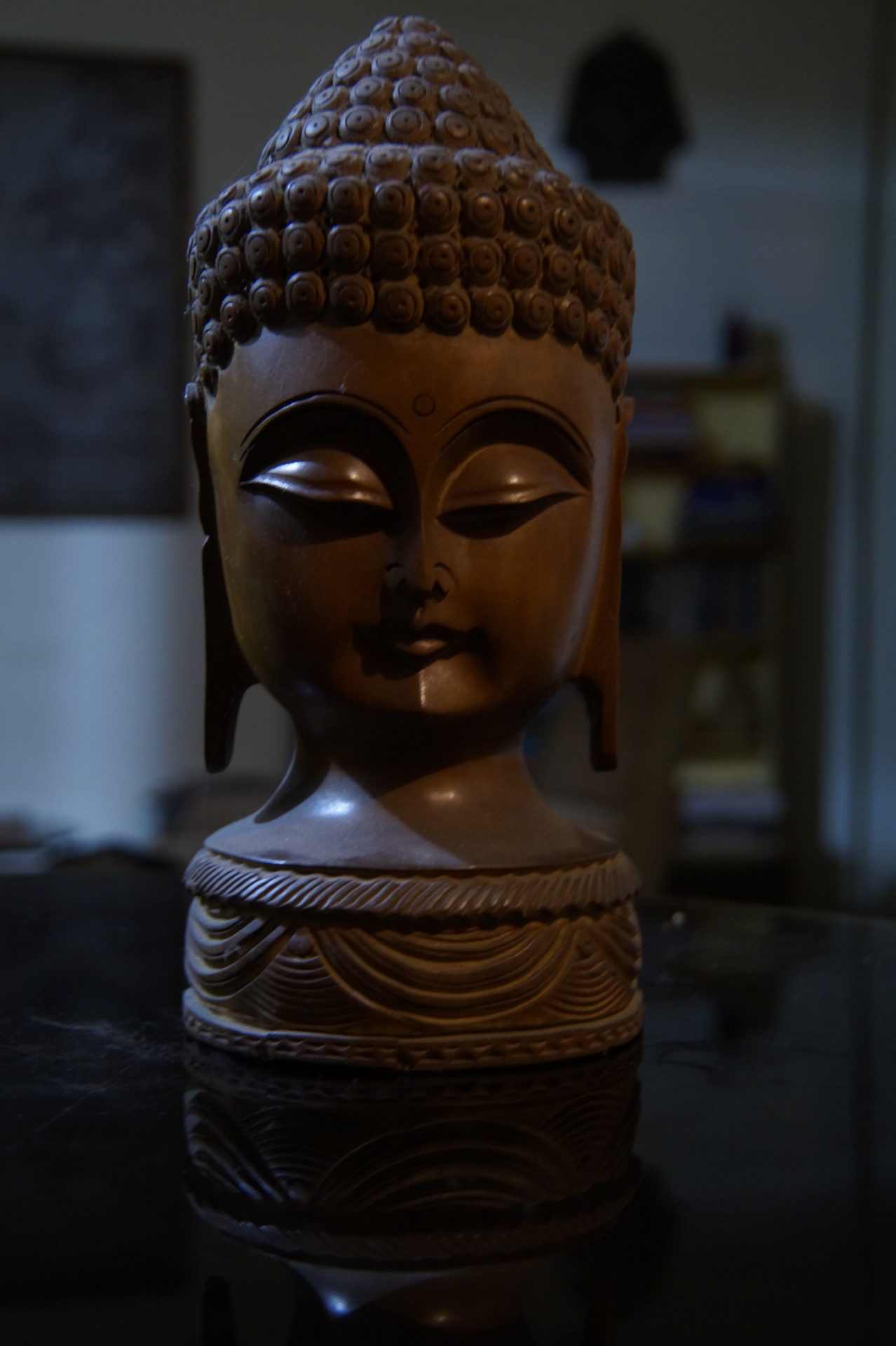
Using this preset when working with fluorescent lighting, is essential for achieving accurate and natural-looking colors in your photographs. It helps ensure that your subjects appear as they do to the naked eye, enhancing the overall quality of your images.
Flash
In digital photography, flash white balance is a specific setting that compensates for the color temperature of light emitted by a camera’s flash unit. The purpose of using flash white balance is to ensure that your images appear natural and free from unwanted color casts when using artificial lighting, such as a camera-mounted flash or an external strobe.
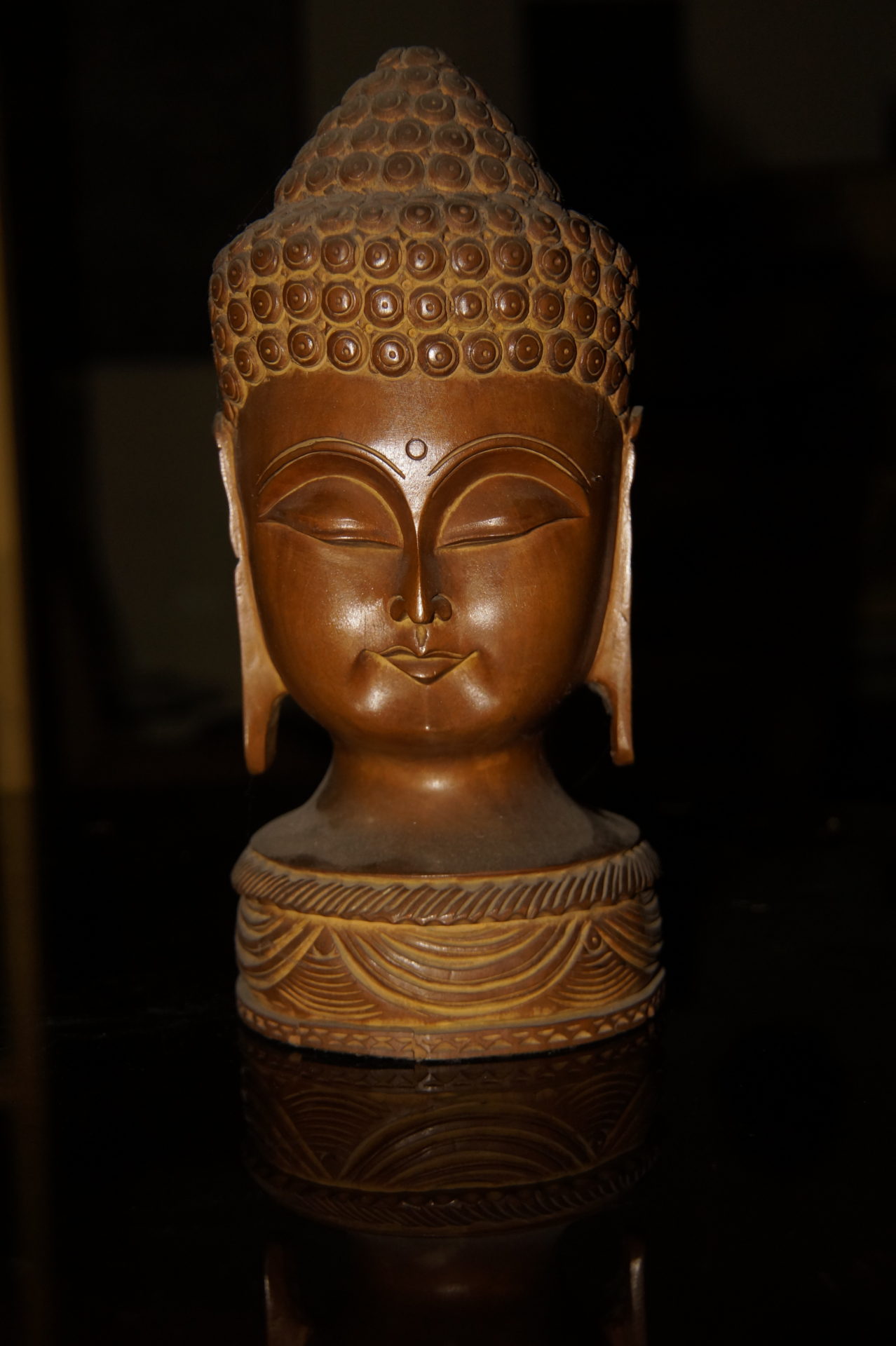
Using the correct white balance setting, including flash white balance when using artificial lighting, is crucial for producing images with accurate and pleasing colors. It ensures that your subjects appear as close to their natural colors as possible, enhancing the overall quality of your photographs.
Setting Custom White Balance
Setting a custom white balance is a technique used in photography to ensure accurate color reproduction under specific lighting conditions. It can greatly improve the accuracy of colors in your photographs, especially in challenging lighting situations. It’s a valuable technique for ensuring that your images appear as close to reality as possible.
Hue
In photography, “hue” refers to one of the three primary characteristics of color, along with saturation and brightness (or luminance). Hue is essentially the specific color or shade of color that we perceive. It is what allows us to distinguish between colors like red, blue, green, and so on. Hue can be represented on a color wheel, which is a circular diagram that displays the spectrum of colors. In a typical color wheel, red, yellow, and blue are considered primary colors. All other colors are created by mixing these primary colors in various combinations.
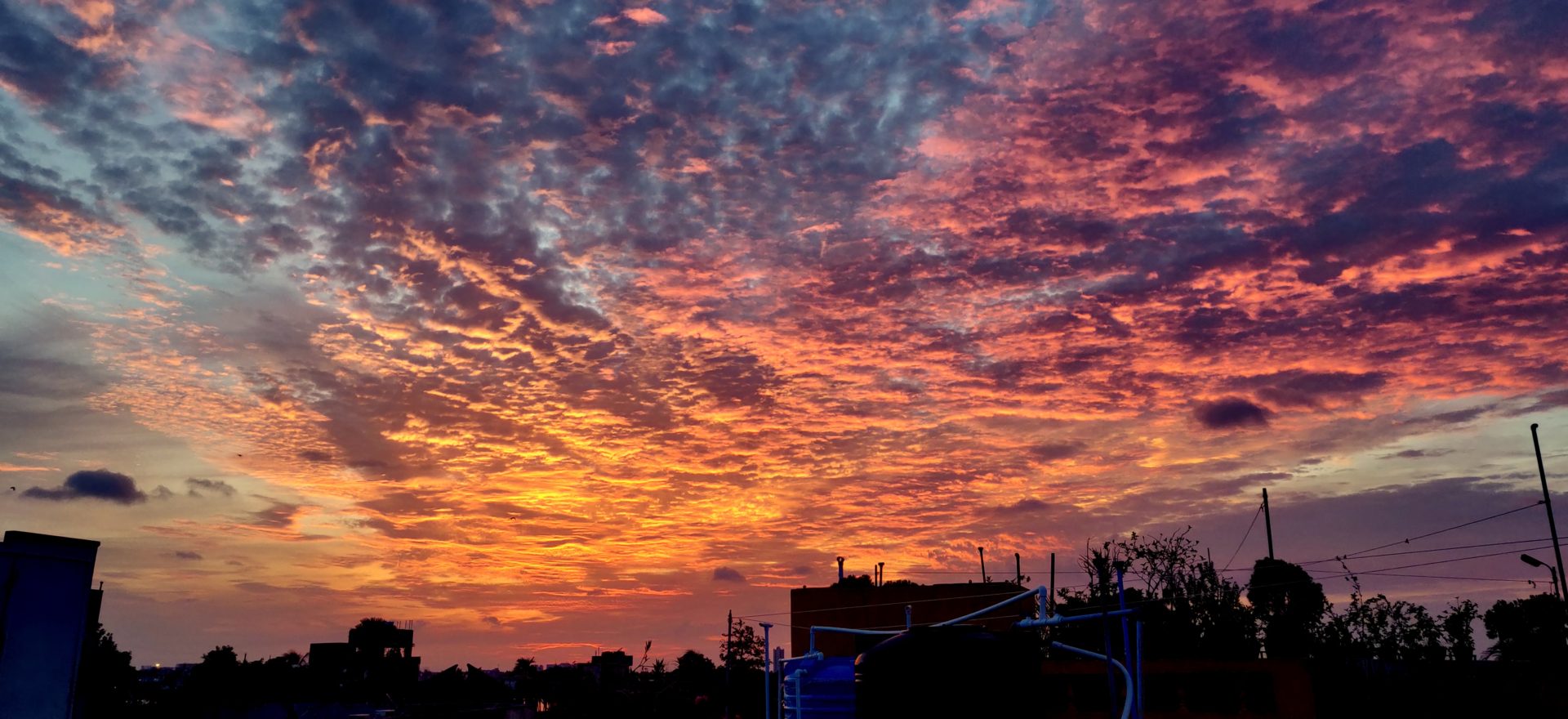
Photographers often use hue adjustments in post-processing software to modify or fine-tune the colors in an image. This can involve changing the overall color balance or shifting specific colors within the image. For example, you might adjust the hue to make a red object appear more orange or more pink.
Conclusion
In conclusion, white balance is a fundamental aspect of digital photography that impacts the color accuracy and overall quality of your images. It’s essential for achieving natural-looking colors and can be creatively manipulated to produce specific visual effects. Photographers should learn to use white balance settings effectively to enhance their photography.
2 Comments
[…] White Balance in Digital Photography […]
[…] White Balance in Digital Photography […]